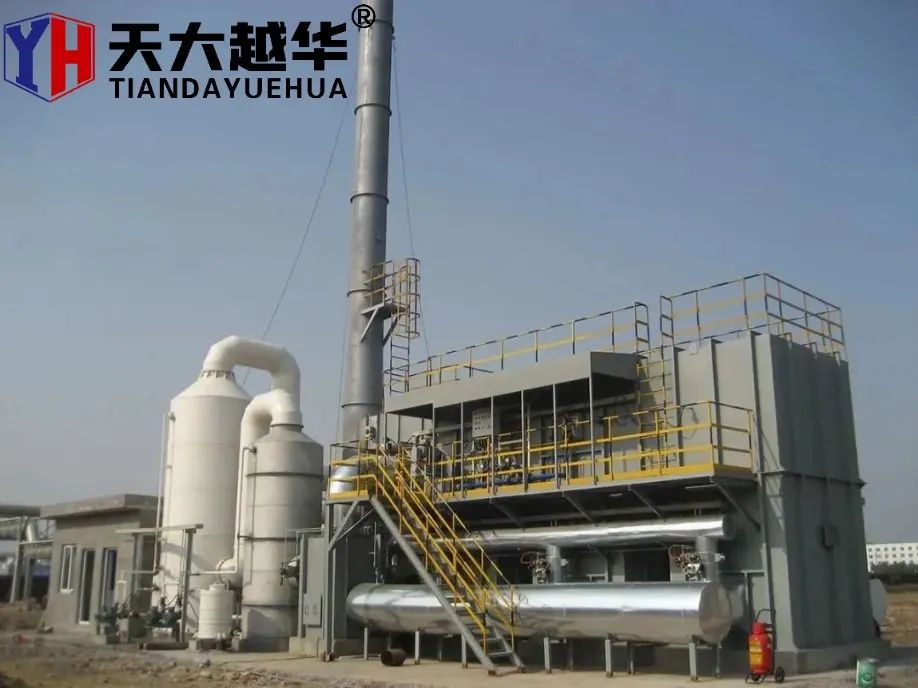Overcoming Hurdles: Primary Challenges in Implementing Oxidizer Incinerator RTOs
2024-04-08
In the realm of industrial pollution control, Oxidizer Incinerator Regenerative Thermal Oxidizers (RTOs) stand as robust solutions for neutralizing volatile organic compounds (VOCs) and hazardous air pollutants (HAPs). However, despite their effectiveness, the implementation of Oxidizer Incinerator RTOs poses several challenges for industrial facilities. In this blog, we'll delve into the primary hurdles associated with the implementation of RTOs and explore strategies for overcoming them.
1. Cost Considerations
One of the foremost challenges in implementing Oxidizer Incinerator RTOs is the upfront capital investment required. RTO systems involve significant costs related to equipment procurement, installation, and commissioning. Additionally, ongoing operational expenses, including energy consumption and maintenance, add to the financial burden. Overcoming this challenge requires careful financial planning, cost-benefit analysis, and exploration of financing options such as grants, incentives, and leasing arrangements to make RTO implementation financially viable for industrial facilities.
2. Space Constraints
The physical footprint of Oxidizer Incinerator RTOs presents another challenge for implementation, particularly in facilities with limited space availability. RTO systems require adequate space for installation, including clearance for ductwork, support structures, and access for maintenance activities. Retrofitting RTOs into existing facilities may necessitate modifications to infrastructure and process layouts to accommodate the equipment. Creative engineering solutions, compact design configurations, and collaborative planning with facility stakeholders can help address space constraints and optimize RTO integration.
3. Regulatory Compliance
Achieving and maintaining compliance with stringent environmental regulations governing air quality and emissions control poses a significant challenge for industrial facilities implementing Oxidizer Incinerator RTOs. Regulatory requirements vary by jurisdiction and industry sector, necessitating thorough understanding and adherence to applicable standards. Facilities must invest in comprehensive emission monitoring systems, conduct regular compliance audits, and stay abreast of regulatory updates to ensure RTO operation aligns with legal requirements. Partnering with experienced environmental consultants and regulatory experts can help navigate compliance challenges effectively.
4. Operational Complexity
The operation and maintenance of Oxidizer Incinerator RTOs entail technical complexity and specialized expertise, presenting a challenge for facility personnel tasked with system management. RTOs require regular monitoring, adjustment of operating parameters, and preventive maintenance to ensure optimal performance and reliability. Training programs, ongoing support from equipment manufacturers, and access to technical resources can empower operators to effectively manage RTO operation and overcome operational challenges.
5. Energy Consumption and Efficiency
Minimizing energy consumption and maximizing efficiency are ongoing challenges associated with the implementation of Oxidizer Incinerator RTOs. While RTOs offer energy recovery capabilities through regenerative heat exchange, they still require significant energy inputs to maintain combustion temperatures. Optimizing combustion parameters, implementing energy-saving measures, and investing in energy-efficient equipment can help mitigate energy consumption and enhance operational efficiency. Continuous monitoring and performance optimization are essential for achieving sustainable energy management in RTO operation.
Conclusion
In conclusion, implementing Oxidizer Incinerator RTOs presents several challenges for industrial facilities, ranging from cost considerations and space constraints to regulatory compliance and operational complexity. However, by proactively addressing these challenges through strategic planning, technical expertise, and collaboration with industry partners, facilities can overcome hurdles and unlock the benefits of RTO technology. With proper planning, diligent management, and a commitment to environmental stewardship, Oxidizer Incinerator RTOs can serve as effective tools for mitigating air pollution, ensuring regulatory compliance, and promoting sustainable industrial practices.



